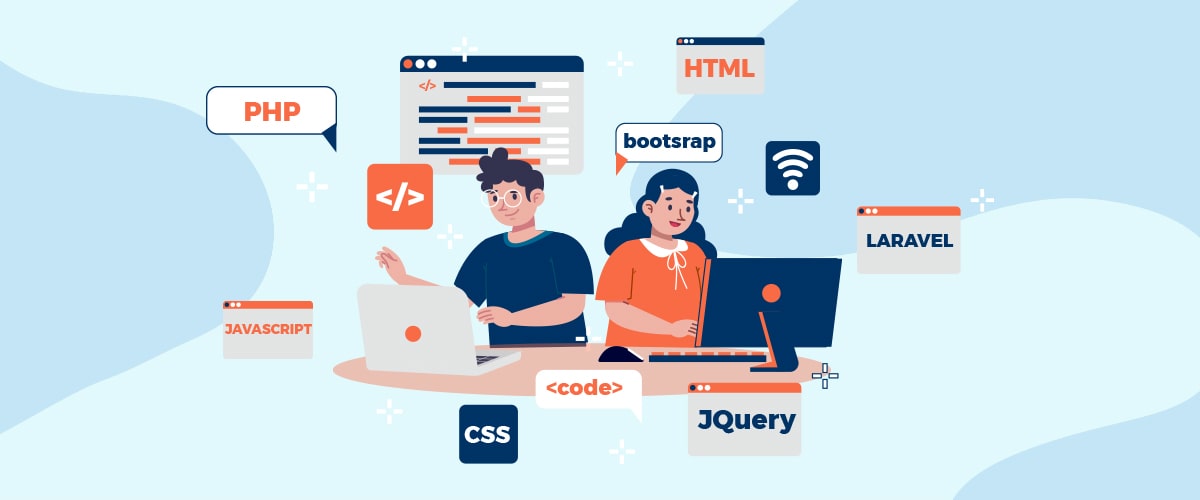The success of a website design site depends entirely on the quality of its good web design. Whether the designer has carefully developed it or not. The success of a website is not determined by its appearance but by how well it is designed in terms of usability and usefulness.
Your website is the face of your business, and most potential customers visit your website before they see your business. Anything below this standard will harm your brand image. Good web design is not easy. To ensure the success of your next project, keep these principles of effective web design in mind.
Web design is more critical to your conversion rate than you might think. Even if you use an excellent strategy to increase conversion rates, if your website doesn’t look good, there’s probably nothing you can do about it. The truth is, good web design and development is not necessarily about how it looks but how well it works. Websites that look simple but have superb usability and a good structure tend to perform surprisingly well on Google. These sites are also visited more often than sites with poor user experience. Performance is all about the efficiency of the website. Create a website for your business that you’re proud of Click Here.
The Principle that a Good Web Design should follow
1. Target Audience
A good web design always addresses user needs. Do your web visitors want to be informed, entertained, interact, or do business with your company? Every page on your website should have a clear purpose and meet the specific needs of your website users in the most efficient way possible.
2. Communication
Since people usually get information quickly on the internet, it is essential to communicate the information clearly and make it easy to read and digest. Use headings and subheadings to organize information, avoid long sentences, use bullet points, and reduce the unnecessary text to make your good web design more effective.
3. Fonts
Generally, sans serif fonts, like Arial and Verdana, are easier to read online (sans serif is a modern-looking font with no embellishments). So stick to a maximum of three fonts and a maximum of three font sizes to keep your designs lean. The ideal font size for online reading is 16px.
4. Use negative space
Sometimes, you can turn negative things into positive things! It is where the use of negative space comes in. Many web development and design services use this principle as the main one. It also applies to using negative space (also known as white space or white space) in your good web design, which is the space between visual elements (such as photos, text, icons, etc.). Also, negative space can draw attention to the most critical content, improve text readability, and create a seamless user experience.
5. Keep it simple and avoid complex forms.
This observation forms the basis for principles about how we perceive objects visually. One is the “law of pregnant women,” which recommends simple structures and avoids complex shapes. The best way to apply this principle is not to throw elements on the page but to divide them into blocks, columns, or adjacent sections.
6. Placement of grouping elements
The “law of proximity” is another principle attributed to Gestalt psychology, which states that elements close to each other are considered a group. It also makes the information easier to understand and reduces the cognitive load on the user.
The application of this principle requires correct spacing. Elements forming a group should be closer together than elements in different groups.
In the headers of many websites, menu links are grouped, and calls to action (CTA) are grouped aside or separated from navigation elements somehow.
7. Transparency
Website visitors need to quickly understand all the words, phrases, and headings without confusion. Unusual or less familiar words can be distracting. Unusual, industry-specific terms can detract from your appeal. Dense and complex content is ineffective. Demanding or undemanding calls will be ignored, and you will lose another customer.
8. Appealing design elements
A website must first be attractive in terms of good web design and usability. The goal is to make visitors want to know more, learn more, and ultimately convert into customers.
Like what you’ve read? Subscribe to our Blog by adding your email address to the form on the right. You’ll be the first to hear about our updates 5 times a week!



